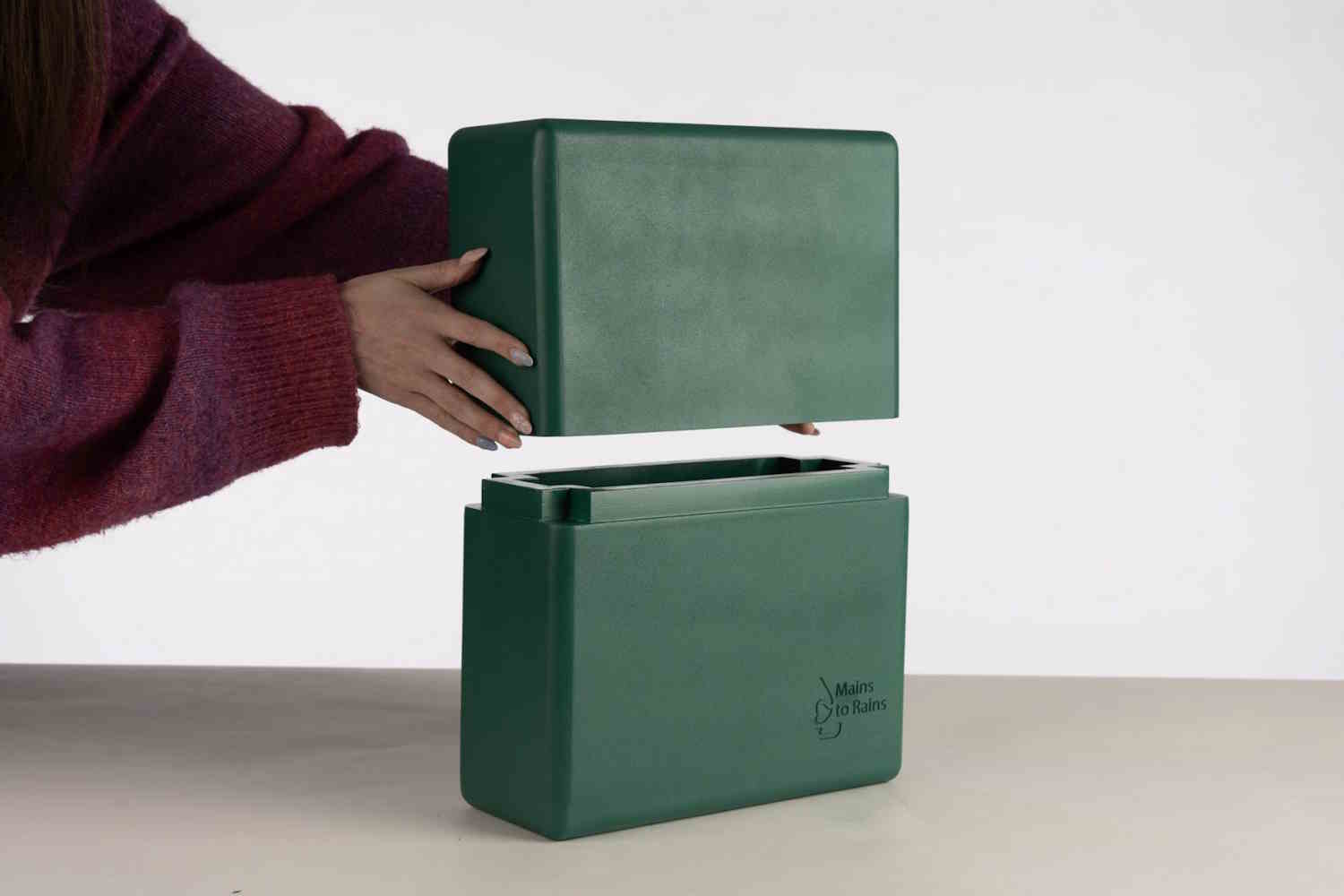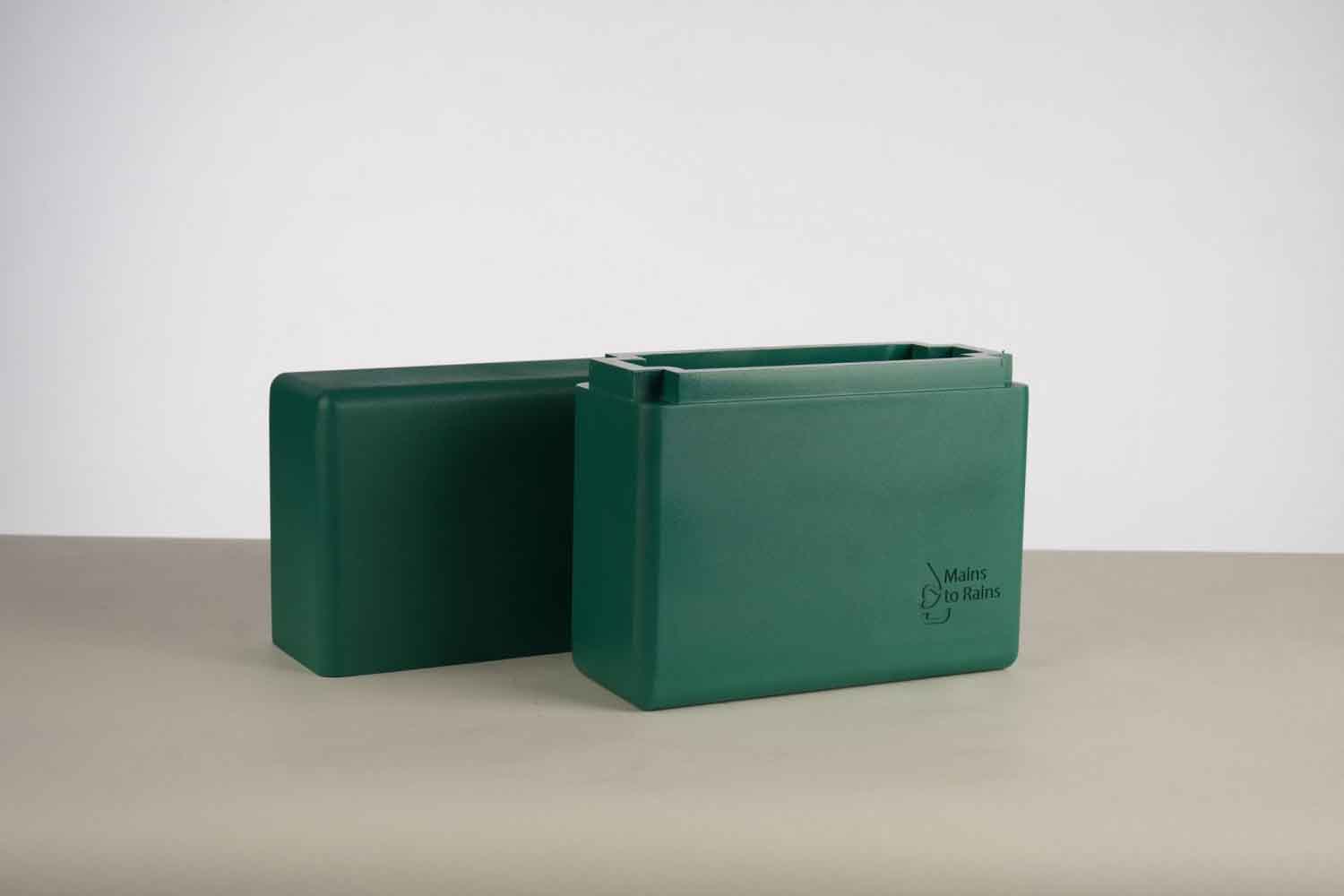A graduate's clever rainwater harvesting system, Mains to Rains, reimagines the humble toilet flush as a tool for tackling the UK's water crisis—one cistern at a time.

In a time when water scarcity is tightening its grip on the UK, and utility bills continue to rise, an unexpected source of hope has emerged from the design studios of Northumbria University. Hope Underwood, a recent graduate in Design for Industry, has created Mains to Rains, a clever retrofit kit that could change the way homes flush their toilets—and perhaps help conserve one of Earth’s most vital resources.
Tackling water waste from the ground up
During her final year at Northumbria, Underwood became fixated on a striking statistic: toilets account for nearly 30% of domestic water use in the UK. It’s a quiet but enormous waste—clean, drinkable water literally flushed away.
Her solution? A rainwater harvesting system designed not for commercial buildings or eco-obsessed households, but for everyday people living in ordinary homes. Mains to Rains is a modular wall-mounted cistern that connects directly to a house’s gutters, collecting rainfall and repurposing it for flushing toilets. No drinking water needed.
“I wanted to find a way to make a real impact with design,” Underwood said. “Something scalable, accessible, and most of all, useful.”
How it works — and why it matters
The system is elegantly simple. A short section of the existing downpipe is removed and replaced with a diverter, channeling rainwater into the kit’s storage tank. The unit comes equipped with a filter, a solenoid valve to prevent contamination, and a calm water inlet that minimizes sediment disturbance.
Each module holds about 13 gallons (50 liters) of water. Need more capacity? Just attach another. The modular system connects using rubber seals and waterproof adhesive, allowing for easy scalability. The design is especially suited for homes like those in Tyneside, where Underwood herself grew up—modest buildings with rear-facing bathrooms and limited retrofit options.
And here’s the clever bit: in times of drought or dry spells, the system automatically switches to the main water supply, ensuring toilets always remain functional. It’s not just a smart design—it’s a practical one.
Small design, big savings

©Hope Underwood
Beyond environmental benefits, Mains to Rains also promises financial relief. With rising UK water prices—averaging £1.23 per cubic meter ($6.30 per 1,000 gallons)—a system that offsets toilet use could pay for itself quickly.
Underwood estimates that households with water meters could recoup the cost of the kit within a year. “It’s a pay-as-you-go approach to sustainability,” she explains. “The less treated water you use, the more you save.”
That potential hasn’t gone unnoticed. Northumbrian Water, the local utility company, has expressed interest in the project, highlighting the idea of public subsidies not as charity, but as a long-term investment in water security.
Scaling the vision
Underwood debuted her scaled-down prototype at New Designers, the UK’s premiere showcase for emerging talent in the field. Her aim now is to find an industrial partner to bring the product to market and into homes across the country.
“I want to keep developing Mains to Rains and find a way to scale it up,” she said. “Everyone would benefit—especially the planet.”
She’s not alone in this mission. Across design schools in the UK, students are increasingly turning their attention to the climate crisis with ideas that are both imaginative and deeply practical. From rain-collecting hats to jackets that extract moisture from the air, a new generation is pushing boundaries—and plumbing systems.
A quiet revolution, drop by drop
Mains to Rains might not look like a revolutionary idea. It doesn’t glow, beep, or sync with your smartphone. But in its simplicity lies its power. By redirecting a natural, often wasted resource toward an everyday need, it demonstrates how thoughtful design can offer real-world solutions—without asking the planet to pay the price.
Sometimes, it’s the smallest shifts in infrastructure that make the biggest waves.
Source: Northumbria University
